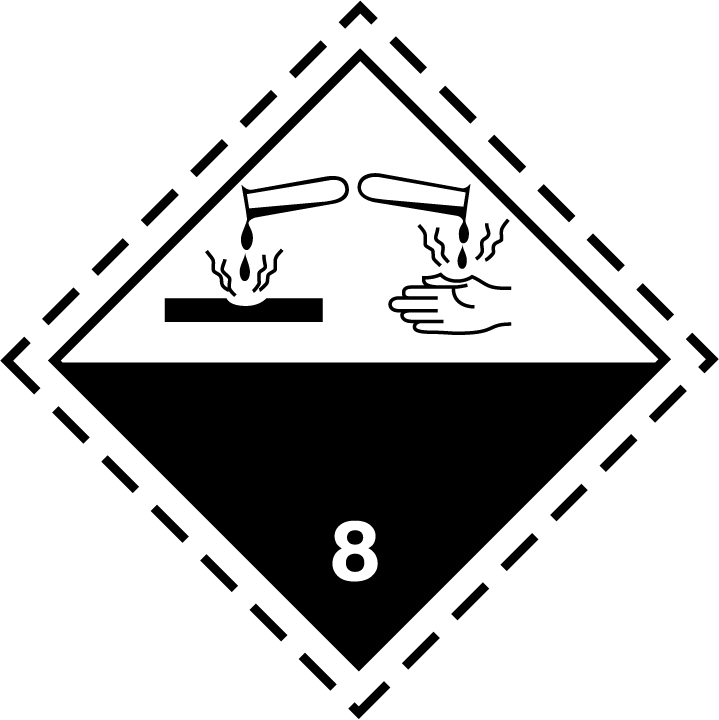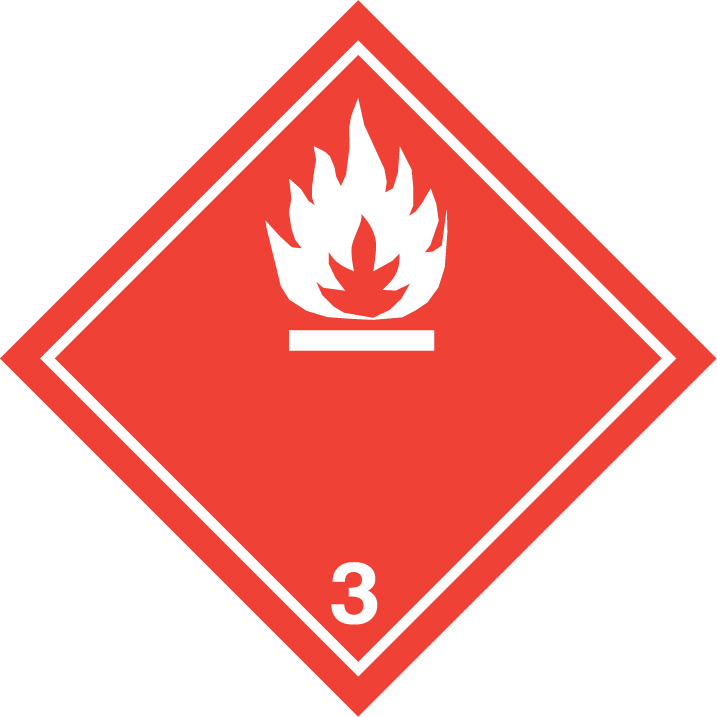SAFETY DATA SHEET
Benzyldimethlamine (BDMA)
1. IDENTIFICATION
Product Identifiers
Product Name:
Benzyldimethlamine
Other Names:
BDMA
Product Number(s):
C054
CAS Number:
103-83-3
Recommended use of the chemical and restriction on use
Laboratory use.
Company Details
ProSciTech Pty Ltd
11 Carlton Street
KIRWAN QLD 4817
Australia(07) 4773 9444www.proscitech.com
11 Carlton Street
KIRWAN QLD 4817
Australia(07) 4773 9444www.proscitech.com
Emergency Contact Details
ProSciTech Pty Ltd
11 Carlton Street
KIRWAN QLD 4817
Australia(07) 4773 9444www.proscitech.com
11 Carlton Street
KIRWAN QLD 4817
Australia(07) 4773 9444www.proscitech.com
2. HAZARDS IDENTIFICATION
Classification of the substance or mixture
Label Elements



Signal Words
Danger
Hazard Statement(s)
H226 Flammable liquid and vapour.
H302+H312+H332 Harmful if swallowed, in contact with skin or if inhaled.
H314 Causes severe skin burns and eye damage.
H412 Harmful to aquatic life with long lasting effects.
H302+H312+H332 Harmful if swallowed, in contact with skin or if inhaled.
H314 Causes severe skin burns and eye damage.
H412 Harmful to aquatic life with long lasting effects.
Precautionary Statement(s)
P210 Keep away from heat/sparks/open flames/hot surfaces. - No smoking.
P303+P361+P353 IF ON SKIN (or hair): Remove/Take off immediately all contaminated clothing. Rinse skin With water/shower.
P305+P351+P338 IF IN EYES: Rinse cautiously with water for several minutes. Remove contact lenses, if present and easy to do. Continue rinsing.
P310 Immediately call a POISON CENTRE/doctor.
P405 Store locked up.
P501 Dispose of contents/container in accordance with local/regional/national/international regulations.
P303+P361+P353 IF ON SKIN (or hair): Remove/Take off immediately all contaminated clothing. Rinse skin With water/shower.
P305+P351+P338 IF IN EYES: Rinse cautiously with water for several minutes. Remove contact lenses, if present and easy to do. Continue rinsing.
P310 Immediately call a POISON CENTRE/doctor.
P405 Store locked up.
P501 Dispose of contents/container in accordance with local/regional/national/international regulations.
Primary route(s) of entry
Not available.
Human Health
Inhalation:
Not available.
Ingestion:
Not available.
Eyes:
Not available.
Skin:
Not available.
Environment
No further relevant information available.
3. COMPOSITION/INFORMATION ON INGREDIENTS
Name
CAS No.
Content (w/w)
Classification
benzyldimethylamine
103-83-3
-
-
4. FIRST AID MEASURES
Ingestion
Call for a doctor immediately.
Drink plenty of water and provide fresh air. Call for a doctor immediately.
Drink plenty of water and provide fresh air. Call for a doctor immediately.
Inhalation
Supply fresh air. If required, provide artificial respiration. Keep patient warm. Consult doctor if symptoms persist.
In case of unconsciousness place patient stably in side position for transportation.
In case of unconsciousness place patient stably in side position for transportation.
Skin Contact
Immediately wash with water and soap and rinse thoroughly.
Eye Contact
Rinse opened eye for several minutes under running water. Then consult a doctor.
Other Information
Immediately remove any clothing soiled by the product.
Symptoms of poisoning may even occur after several hours; therefore medical observation for at least 48 hours after the accident.
Symptoms of poisoning may even occur after several hours; therefore medical observation for at least 48 hours after the accident.
5. FIREFIGHTING MEASURES
Suitable extinguishing equipment
CO₂, sand, extinguishing powder. Do not use water.
HAZCHEM
Not available.
Special protective equipment and precautions for fire fighters
6. ACCIDENTAL RELEASE MEASURES
Personal precautions, protective equipment and emergency procedures
Wear protective equipment. Keep unprotected persons away.
Environmental precautions
Inform respective authorities in case of seepage into water course or sewage system.
Do not allow to enter sewers/ surface or ground water.
Do not allow to enter sewers/ surface or ground water.
Methods and materials for containment and clean up
Absorb with liquid-binding material (sand, diatomite, acid binders, universal binders, sawdust).
Use neutralising agent.
Dispose contaminated material as waste according to item 13.
Ensure adequate ventilation.
Do not flush with water or aqueous cleansing agents
Use neutralising agent.
Dispose contaminated material as waste according to item 13.
Ensure adequate ventilation.
Do not flush with water or aqueous cleansing agents
7. HANDLING AND STORAGE
Precautions for safe handling
Ensure good ventilation/exhaustion at the workplace.
Prevent formation of aerosols.Keep ignition sources away - Do not smoke.
Protect from heat.
Protect against electrostatic charges.
Prevent formation of aerosols.Keep ignition sources away - Do not smoke.
Protect from heat.
Protect against electrostatic charges.
Conditions for safe storage
Protect from heat and direct sunlight.
8. EXPOSURE CONTROLS/PERSONAL PROTECTION
Exposure Standards
Engineering controls
No information available.
Personal protective equipment
Eye and face protection
Keep away from foodstuffs, beverages and feed.
Avoid contact with the eyes and skin.
Wear tightly sealed goggles
Avoid contact with the eyes and skin.
Wear tightly sealed goggles
Skin protection
Wash hands before breaks and at the end of work.
Avoid contact with the eyes and skin.
Wear protective gloves
Avoid contact with the eyes and skin.
Wear protective gloves
Body protection
Immediately remove all soiled and contaminated clothing.
Respiratory protection
In case of brief exposure or low pollution use respiratory filter device. In case of intensive or longer exposure use
self-contained respiratory protective device.
self-contained respiratory protective device.
9. PHYSICAL AND CHEMICAL PROPERTIES
General information
Appearance
Light yellow liquid
Odour
Amine-like
pH
Not determined.
Vapour Pressure
2.8 hPa at 20 °C
Density
Not available.
Boiling Point
176 °C
Melting Point
-75 °C
Solubility
Not miscible or difficult to mix.
Specific Gravity of Density
0.915 g/cm³ at 20 °C
Flash Point
54 °C
Flammable (Explosive) Limits
Product is not explosive. However, formation of explosive air/vapour
mixtures are possible.
mixtures are possible.
Ignition Temperature
Not determined.
Formula
Not available.
10. STABILITY AND REACTIVITY
Reactivity
No further relevant information available.
Chemical stability
No further relevant information available.
Possibility of hazardous reactions
No dangerous reactions known.
Conditions to avoid
No further relevant information available.
Incompatible materials
No further relevant information available.
11. TOXICOLOGICAL INFORMATION
Acute effects
Oral LD50 265 mg/kg (rat)
Dermal LD50 1660 mg/kg (rabbit)
Inhalative LC50/4 h 2.06 mg/l (rat)
Dermal LD50 1660 mg/kg (rabbit)
Inhalative LC50/4 h 2.06 mg/l (rat)
Eye contact
Strong caustic effect.
Skin contact
Strong caustic effect on skin and mucous membranes.
Ingestion
Swallowing will lead to a strong caustic effect on mouth and throat and to the danger of perforation of esophagus and stomach.
Inhalation
No further relevant information available.
Toxicity and irritation
No further relevant information available.
12. ECOLOGICAL INFORMATION
Ecotoxicity
Harmful to fish
Persistence and degradability
No further relevant information available.
Bioaccumulative potential
No further relevant information available.
Other adverse effects
Water hazard class 2 (German Regulation) (Assessment by list): hazardous for water
Do not allow product to reach ground water, water course or sewage system.
Must not reach sewage water or drainage ditch undiluted or unneutralised.
Danger to drinking water if even small quantities leak into the ground.
Harmful to aquatic organisms
Do not allow product to reach ground water, water course or sewage system.
Must not reach sewage water or drainage ditch undiluted or unneutralised.
Danger to drinking water if even small quantities leak into the ground.
Harmful to aquatic organisms
13. DISPOSAL CONSIDERATIONS
General information
Must not be disposed together with household garbage. Do not allow product to reach sewage system.
Disposal must be made according to official regulations
Disposal must be made according to official regulations
14. TRANSPORT INFORMATION
ADG label required


HAZCHEM
Not available.
UN Number
UN2619
Proper shipping name
2619 BENZYLDIMETHYLAMINE
Transport hazard class
8
Packing group
PG II
Environmental hazard
No
Special precautions for users
Warning: Corrosive substances.
Additional information
· Danger code (Kemler): 83
· EMS Number: F-E,S-C
ADR
· Limited quantities (LQ) 1L
· Excepted quantities (EQ) Code: E2
Maximum net quantity per inner packaging: 30 mL
Maximum net quantity per outer packaging: 500 mL
· Transport category 2
· Tunnel restriction code D/E
· IMDG
· Limited quantities (LQ) 1L
· Excepted quantities (EQ) Code: E2
Maximum net quantity per inner packaging: 30 mL
Maximum net quantity per outer packaging: 500 ml
· EMS Number: F-E,S-C
ADR
· Limited quantities (LQ) 1L
· Excepted quantities (EQ) Code: E2
Maximum net quantity per inner packaging: 30 mL
Maximum net quantity per outer packaging: 500 mL
· Transport category 2
· Tunnel restriction code D/E
· IMDG
· Limited quantities (LQ) 1L
· Excepted quantities (EQ) Code: E2
Maximum net quantity per inner packaging: 30 mL
Maximum net quantity per outer packaging: 500 ml
15. REGULATORY INFORMATION
Poisons Schedule Number
No information available.
Other Information
No further relevant information available.
16. OTHER INFORMATION
SDS preparation date
25 January 2024
Comments
This information is based on our present knowledge. However, this shall not constitute a guarantee for any specific product features and shall not establish a legally valid contractual relationship.
This Safety Data Sheet (SDS) has been prepared in compliance with the Preparation of Safety Data Sheets for Hazardous Chemicals Code of Practice February 2016. It is the user's responsibility to determine the suitability of this information for adoption of necessary safety precautions. The information published in this SDS has been compiled from the publications listed in Section 16: to the best of our ability and knowledge these publications are considered accurate. We reserve the right to revise Safety Data Sheets as new information becomes available. Copies may be made for non-profit use.